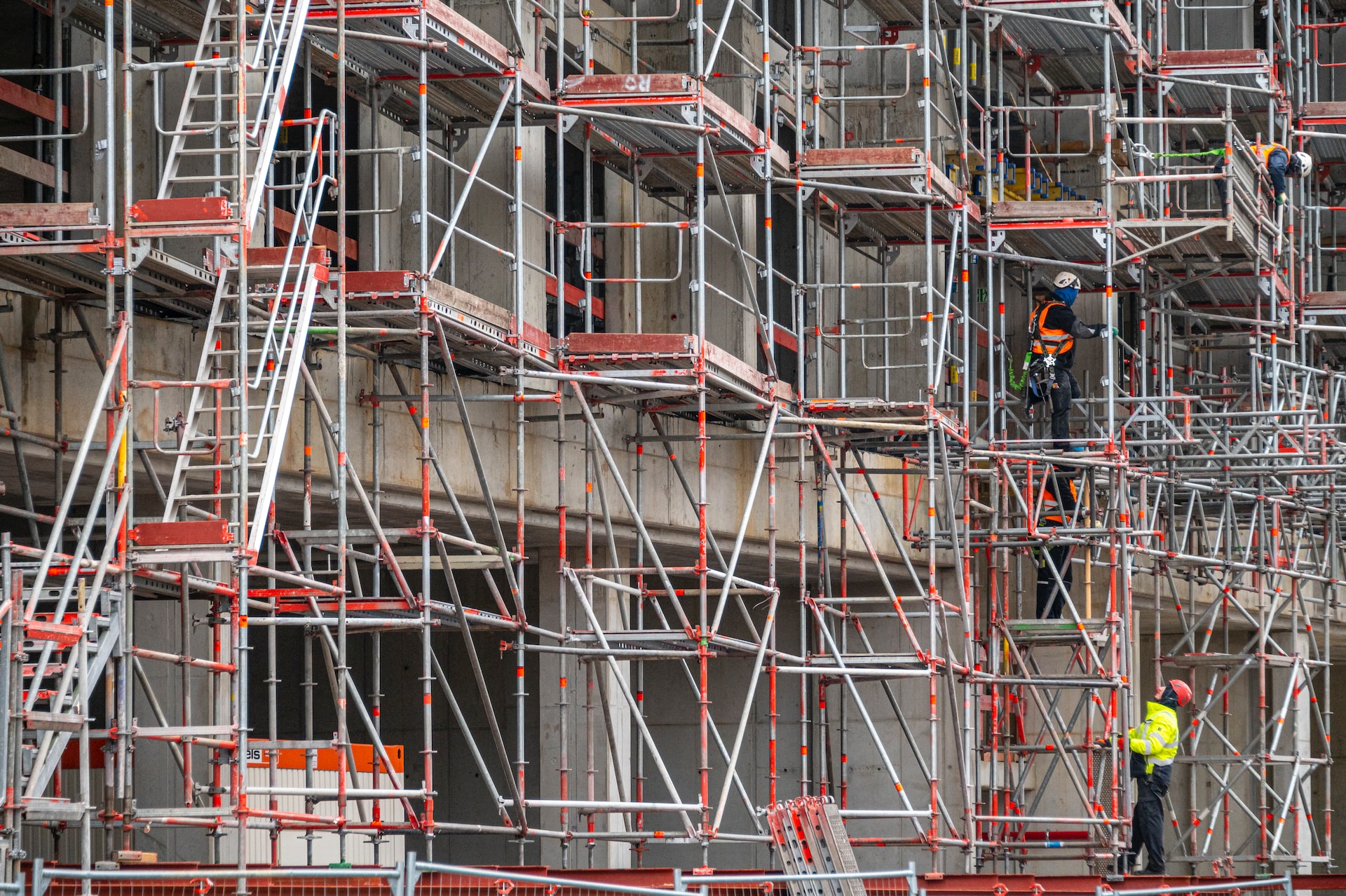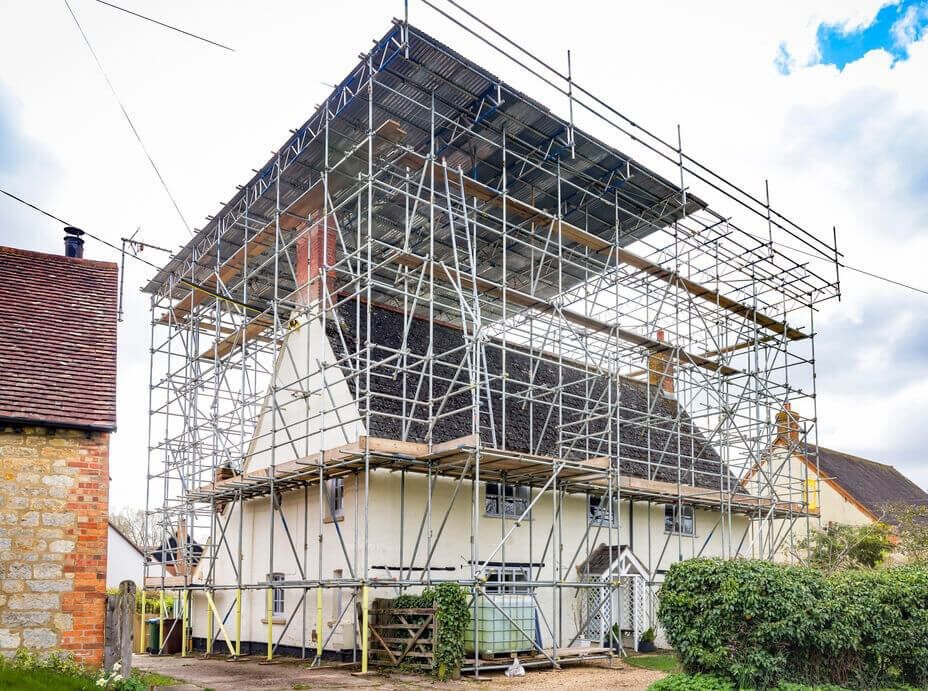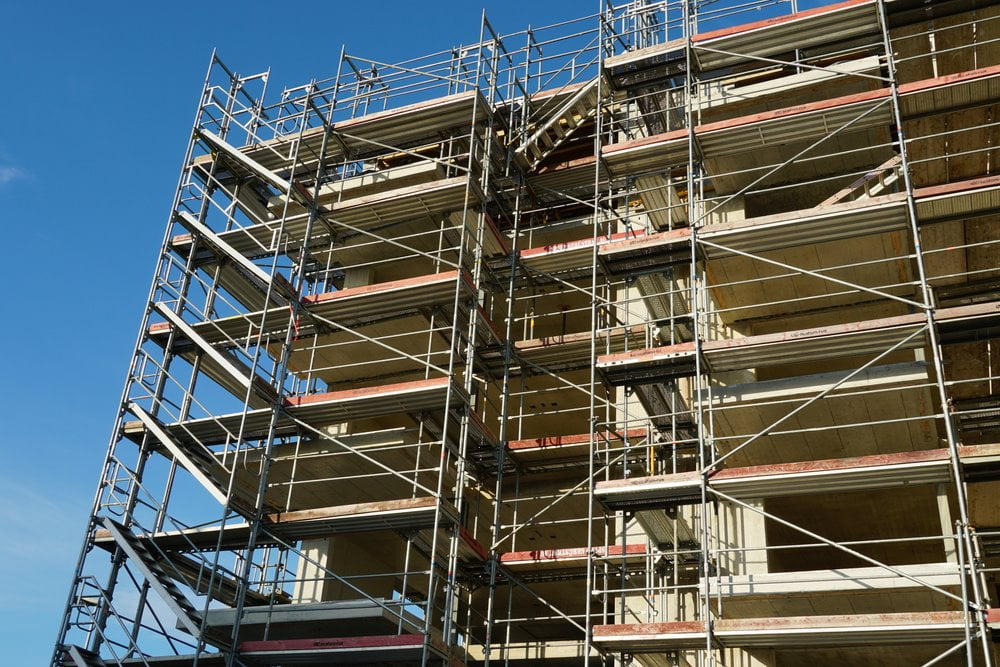Choosing a Local Scaffolding Company for Reliable and Timely Service
Choosing a Local Scaffolding Company for Reliable and Timely Service
Blog Article
A Comprehensive Overview to the Essential Functions of Scaffolding in Modern Construction
The landscape of contemporary construction increasingly depends on reliable scaffolding systems that prioritize safety and security, efficiency, and development. As projects expand in complexity, recognizing the necessary features of scaffolding ends up being vital for ensuring employee safety and security and enhancing job timelines. This guide discovers various sorts of scaffolding, highlights essential safety and security features, and checks out product innovations that add to performance and sustainability. The effects of these elements prolong much past mere construction techniques, triggering a more detailed look at how they influence total project success and worker well-being.
Sorts Of Scaffolding
Although scaffolding systems can vary extensively in design and application, they typically fall under several unique classifications that satisfy different building requirements - Scaffolding. The most usual types include sustained scaffolding, suspended scaffolding, and rolling scaffolding
Supported scaffolding includes systems sustained by a structure of poles, which give a elevated and secure working surface. This kind is commonly used for tasks that require substantial altitude, such as bricklaying or external paint.
Suspended scaffolding, alternatively, is used for jobs calling for access to high elevations, such as cleansing or repairing building facades. This system hangs from an additional framework or a rooftop, enabling workers to lower or raise the platform as required.
Rolling scaffolding functions wheels that permit for simple mobility across a task website. It is specifically helpful for tasks that require regular moving, such as indoor work in big spaces.
Each sort of scaffolding is designed with particular applications in mind, guaranteeing that building and construction jobs can be performed efficiently and efficiently. Understanding these classifications is important for picking the ideal scaffolding system to fulfill both job needs and website conditions.
Key Safety Features
Security is extremely important in scaffolding systems, as the potential threats related to operating at elevations can lead to significant accidents otherwise effectively managed. Key security attributes are necessary to guarantee the well-being of employees and the integrity of the construction site.
Most importantly, guardrails are important. These obstacles give a physical safeguard versus drops, substantially lowering the threat of significant injuries. Furthermore, toe boards are commonly made use of to protect against devices and products from diminishing the scaffold, protecting employees listed below.
One more important part is making use of non-slip surfaces on systems. This function enhances grip, especially in adverse climate problems, thus minimizing the likelihood of slides and falls. Additionally, access ladders should be firmly positioned to facilitate secure entrance and exit from the scaffold.
Normal evaluations and maintenance of scaffolding systems are also critical. These assessments ensure that all parts are in good problem and functioning properly, addressing any type of wear or damage without delay.
Finally, correct training for all personnel included in scaffolding procedures is necessary to guarantee that they comprehend security procedures and can determine possible dangers. Scaffolding. Jointly, these features create a much safer working atmosphere and significantly reduce dangers related to scaffolding
Product Technologies
Developments in product scientific research have significantly influenced the scaffolding market, enhancing both safety and security and effectiveness in modern-day construction. The intro of high-strength steel and aluminum alloys has changed conventional direct scaffold service scaffolding systems. These products are not only lighter, making them less complicated to move and put together, yet likewise supply superior load-bearing abilities. This results in scaffolding structures that can sustain greater weights while minimizing the threat of collapse.
In addition, cutting-edge composite materials, such as fiberglass-reinforced plastics, have become viable choices. These products are immune to deterioration and ecological destruction, hence extending the life-span of scaffolding systems, especially in rough climate condition. Making use of such products adds to decrease upkeep prices and makes certain regular efficiency in time.


Style Factors To Consider
Thinking about the complexities of modern construction tasks, reliable scaffolding layout is critical to ensuring both capability and safety and security. Style considerations must encompass numerous aspects, including load ability, height, and the particular requirements of the construction website. Each task offers one-of-a-kind challenges, demanding a versatile approach to scaffolding systems that can adapt to varying conditions.
Structural integrity is crucial; as a result, designers have to calculate the tons that the scaffolding will sustain, consisting of employees, materials, and devices. The choice of products plays a vital duty in ensuring the scaffolding can stand up to these loads while continuing to be lightweight and long lasting. Furthermore, the style should enable very easy accessibility and egress, facilitating the smooth activity of personnel and products.
Security functions, such as guardrails and non-slip surfaces, ought to be incorporated to minimize threats of accidents. The format should take into consideration the surrounding environment, including prospective risks and surrounding structures. By addressing these design factors to consider, construction companies can enhance the effectiveness of scaffolding systems and advertise a more secure working setting, inevitably adding to the overall success of the job.
Upkeep and Examinations
The efficiency of scaffolding systems extends beyond initial style and execution; continuous here are the findings maintenance and routine assessments are vital to guaranteeing their proceeded efficiency and safety throughout the duration of a job. Routine examinations need to be performed by certified personnel to identify any kind of indicators of wear, damages, or instability that can jeopardize the integrity of the scaffolding.
Maintenance protocols need to include routine checks of structural parts, such as structures, installations, and slabs, making sure that all components continue to be safe and secure and complimentary from deterioration or other degeneration. Additionally, the performance of safety functions, such as guardrails and toe boards, must be analyzed to ensure conformity with safety regulations.
Documents of all examinations and maintenance activities is essential for responsibility and regulative compliance. A systematic approach to record-keeping not only aids in tracking the condition of the scaffolding however also provides required proof in case of an occurrence.
Inevitably, developing a comprehensive maintenance and assessment schedule will dramatically reduce the threat of accidents and enhance the general security of the building site. By prioritizing these practices, construction managers can secure workers and copyright the job's integrity.

Verdict
Finally, the essential features of scaffolding in contemporary building include a variety of crucial components, including varied types, key safety and security mechanisms, product advancements, and thoughtful layout factors to consider. Highlighting safety with guardrails and non-slip surface areas, alongside improvements in materials like high-strength steel, boosts both performance and sustainability. Normal upkeep and inspections are crucial for making sure structural honesty and safety and security on building and construction sites, inevitably assisting in efficient job execution and promoting the health of workers.
The landscape of modern-day construction significantly counts on efficient scaffolding systems that prioritize safety and security, efficiency, and innovation.Developments in product visit this web-site scientific research have substantially affected the scaffolding industry, boosting both safety and effectiveness in contemporary building and construction. In general, these material technologies not only improve the efficiency and safety and security of scaffolding systems but also straighten with the sector's push towards sustainability, as lots of modern-day materials are made to be much more ecologically pleasant.
Taking into consideration the complexities of modern construction jobs, efficient scaffolding layout is extremely important to ensuring both functionality and safety and security.In conclusion, the important features of scaffolding in contemporary building include a variety of critical elements, including varied kinds, vital safety and security systems, product technologies, and thoughtful layout factors to consider.
Report this page